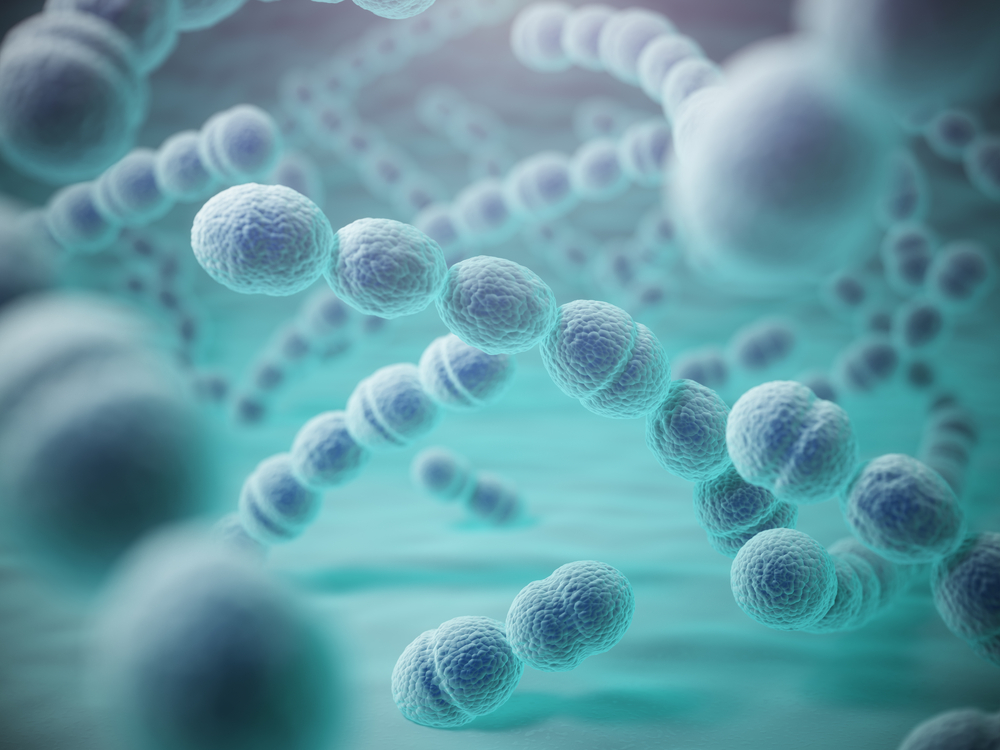
In an article published recently in Plos One, researchers from INRS-Institut Armand-Frappier Research Centre reported a strategy that could lead to the discovery of new cationic antimicrobial peptides (CAMPs) with greatly enhanced antimicrobial properties. The peptide modified for the study retained considerable activity against biofilms responsible for increasing the severity of various infections. The strategy thus holds promise for combatting multidrug resistant bacteria.
For the purpose of the study, the researchers selected a peptide–pep1037–already known for its antimicrobial potential and antibiofilm activity against Pseudomonas aeruginosa and Burkholderia, two pathogens responsible for serious complications in individuals with cystic fibrosis. The peptide was modified by adding a cysteine to the end to generate a dimer. The antimicrobial activity of the new molecule was 60 times greater than that of the original peptide.
“Our results show that the dimer is of significant interest because it has a dual potential to inhibit both bacterial and biofilm growth. It could potentially be used for therapy in combination with clinically relevant antibiotics,” explained the authors of the study.
Although there are currently no clinically approved antimicrobials that target bacterial biofilms, an estimated 80% of all bacterial infections have a biofilm component. These infections are much more difficult to eradicate because they are 10-1,000 times more resistant to antibiotic treatment. The formation of biofilms is associated with severe antibiotic resistance in the lungs of patients with cystic fibrosis, among others.
To date, very few studies have reported on the effect of dimerizing cationic antimicrobial peptides by adding a cysteine, especially at the specific location modified by the researchers, i.e., at the end.
The results obtained pave the way to improving this class of antibiotics, which occur naturally in many organisms.
Filed Under: Drug Discovery




